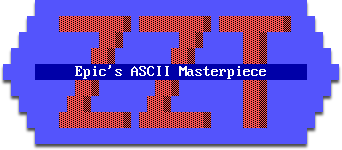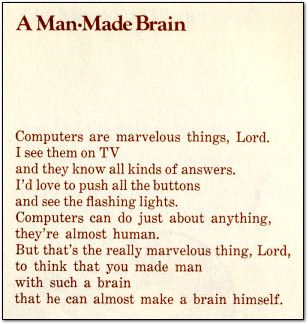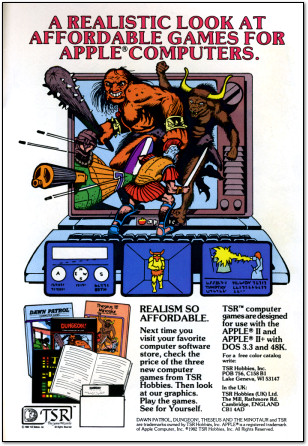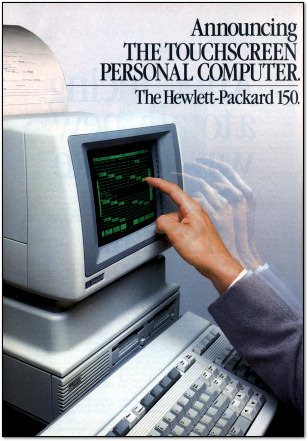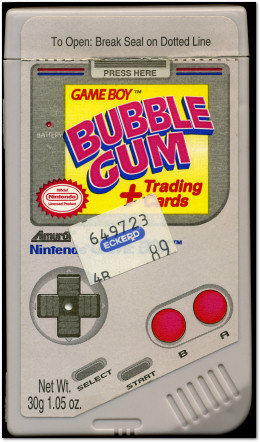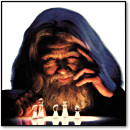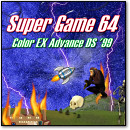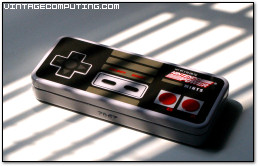 While strolling through my local World Market store last year, a familiar-looking candy tin caught my eye. Upon further inspection, I realized that it was shaped like a NES control pad. Trying to avoid another impulse purchase, I passed up the opportunity.
While strolling through my local World Market store last year, a familiar-looking candy tin caught my eye. Upon further inspection, I realized that it was shaped like a NES control pad. Trying to avoid another impulse purchase, I passed up the opportunity.
Fast forward to yesterday, when my wife comes home from shopping and announces that she has a present for me.
“Close your eyes, and put out your hand.”
I reluctantly comply.
“Now spin around three times.”
As I slow down, she places a cold, rattling metal box on my palm. I open my eyes. To my astonishment, I find a brand new tin of Nintendo Power mints floating in thin air — just above the floor, as I collapse.
It was particularly good gift, since I had co-incidentally been thinking about them recently because of my last “Game Boy Bubble Gum” Retro Scan. Some gifts are worth a bruise or two.
The Tin’s the Thing
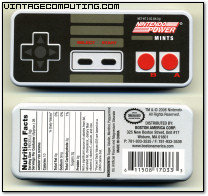 For $1.49 (US), you get about 84 white, pill-shaped mints in a stylish metal package. Unfortunately, I found the mints’ flavor to be somewhat lacking: unlike Altoids, these are “curiously weak” mints with a slightly unpleasant chalky consistency. But the tin alone is probably worth the price. Therein lies all the novelty, of course, and the real reason anyone would buy this product.
For $1.49 (US), you get about 84 white, pill-shaped mints in a stylish metal package. Unfortunately, I found the mints’ flavor to be somewhat lacking: unlike Altoids, these are “curiously weak” mints with a slightly unpleasant chalky consistency. But the tin alone is probably worth the price. Therein lies all the novelty, of course, and the real reason anyone would buy this product.
The tin’s two-part design of smooth, rounded aluminum closes firmly and is well-constructed. It’s about the same size as a real NES controller, which is particularly cool. The printed control-pad effect is significantly enhanced by the slightly embossed buttons and D-pad on the lid of the tin. And after you finish all your mints, you can store your Nintendo DS games and extra styluses in it. Or dead bugs — it’s your choice.
Why the manufacturer branded these mints with “Nintendo Power” (the official magazine of all things Nintendo) is unknown to me. It would have been much cooler if they referenced the Nintendo Entertainment System (in words) somewhere on the package. Barring that, they could have at least called it the “Mintendo Entertainment System.”
Now you’re eating with power. Minty power.
| The Skinny: Nintendo Power Mints |
| Good Features: |
Awesome NES control pad-shaped tin. Inexpensive. Very few calories. Useful for Nintendo DS game storage. |
| Bad Features: |
Mints have an authentic left-over-from-the-1980s chalky taste. They’re called “Nintendo Power” mints for some reason. |
VC Rating:
(10 Being Best) |
[ 7 out of 10 ] Shiny Marbles – Very Good |
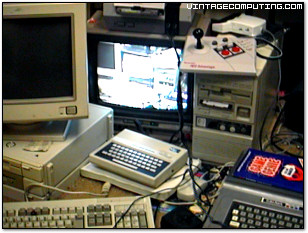 Yep. Some things never change.
Yep. Some things never change. I wondered why you guys were so quiet lately. Turns out there was a problem with the comment system on this blog that made the comment submission process appear to hang (it actually worked if you waited long enough, but it was a long time). The issue seems to be fixed now, so comment away. I love to hear from VC&G’s readers; it’s the main reason I do this blog. So thanks for sticking with me. I hope to hear much more from you guys in the future.
I wondered why you guys were so quiet lately. Turns out there was a problem with the comment system on this blog that made the comment submission process appear to hang (it actually worked if you waited long enough, but it was a long time). The issue seems to be fixed now, so comment away. I love to hear from VC&G’s readers; it’s the main reason I do this blog. So thanks for sticking with me. I hope to hear much more from you guys in the future.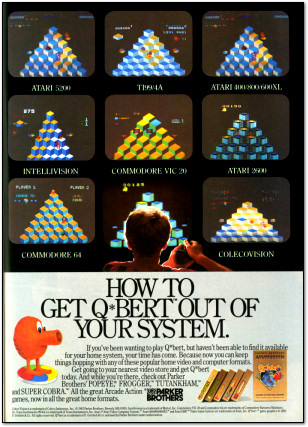
 Ever heard of an Internet TV show called
Ever heard of an Internet TV show called 